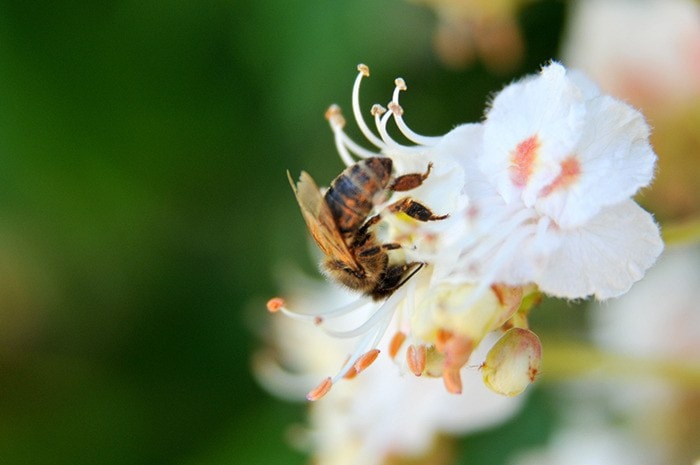The Fall Fair is celebrating bees this year and part of that means adding new “bee” entries in the various categories.
Some tips on taking great bee pictures once you’ve found some subjects.
Location, location! Find a bee hangout - a cluster of flowers, perhaps sunflowers or blossoms in a tree where you can take pictures easily, without standing on your toes or hanging upside down from a branch.
Lighting! Try for sunshine. Photographs are all about lighting. Sunshine means light and shadow, so check to make sure your subject is in the light, not the shadow. Good lighting makes for good contrast and you’ll need that to distinguish between the bee and the background. And that applies to all photographs!
Zoom in on your subject. If you have a zoom lens, zoom in and fill up as much of the frame as you can with your subject. Set your ISO from 400 to 600 for rich colours and a moderately fast capture as the bees buzz from one flower to the next. For sharp focus, set your Depth of Field (DOF) at 5 or 6 - that means you’ll have to be quick on the focus because the bees will be moving in and out of focus quickly. It’s usually best to focus on the head.
Patience. You cannot direct the bees to fly where you want them so you need to wait with your camera poised and ready to shoot. They will fly in and out of your frame, giving you the opportunity for only one or two pictures before they’re gone. Don’t leave. They’ll be back, but if you see a better opportunity in terms of lighting and background, take it. Move around the plant as long as it looks good. It’s always good to get a variety of shots.
Take several shots - from different angles, maybe playing with different Depths of Field. Just remember, the last shot is always the best one.
Your subject in this case is very photogenic, but may not have the the best temper. Take care not to upset them. It’s not just bees that pollinate - there may be a variety of bees and hornets. If any of them leave the flowers and start buzzing around your head or face, they’re trying to tell you to back off. Also listen for sudden change from a steady buzzing to a high-pitched, angry sound. This is also a warning that should not ignore!
Bees don’t like to sting because once they use their stinger, they die; hornets can sting several times and live to laugh about it with their hive mates, especially in the late summer and fall.
Let’s see some great bee pictures this weekend at the Fair! Pick up a Fair booklet at The Journal if you don’t have one.
